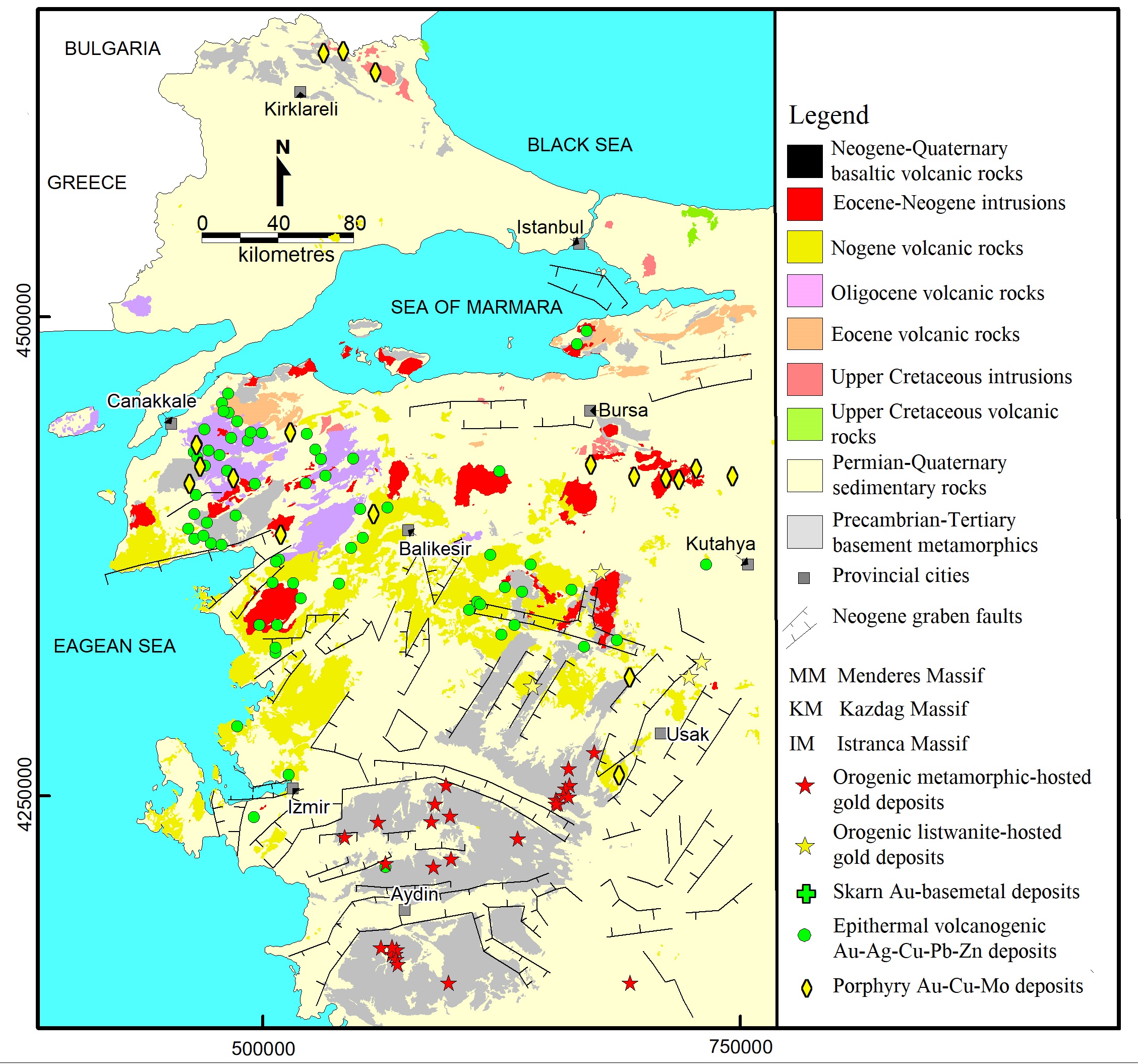A new article published recently by Huseyin Yilmaz (Dokuz Eylul University, Turkey), Behnam Sadeghi (EarthByte Group, USYD), and David Cohen (UNSW) in Journal of Geochemical Exploration (JGE):
Abstract:
In regional exploration for Au mineralization using stream sediment geochemistry, multielement analysis following cyanide leaching of bulk samples or aqua regia digestion of the <180 μm fraction are the two most common sampling and analytical methods. Using data from extensive regional stream sediment and rock chip surveys in Western Turkey a comparison is made between the efficiency of fractal modelling of various spatial and frequency-based statistical methods to isolate patterns or populations related to known mineral deposits. This includes different combinations of pre-processing raw data, such as logistic-transformations and principal component analysis, together with fractal, U-spatial statistics and singularity index modelling. Due to variations in regional geology and the effects of a substantial number of base and precious metal in the region, all approaches indicate the presence of multiple geochemical populations with clearly defined thresholds. The efficiency in detecting known deposits is higher for spatially based methods than for simpler frequency distribution-based techniques, especially if weak geochemical anomalies are excluded to limit the risk of generating false positives. Maximum efficiency (between 70 and 80%) in linking the spatial distribution of anomalous geochemical populations with known Au ± Ag mineral deposits, in both in BLEG and the <180 μm fraction, was obtained using classification based on singularity indices, or logistical-transformed data with fractal analysis or U-spatial statistics. The results demonstrate the advantage of spatially based anomaly detection methods applied to multivariate data over simpler frequency distribution methods applied to univariate data.
Access Link: https://www.sciencedirect.com/science/article/abs/pii/S0375674222000152

![]()
